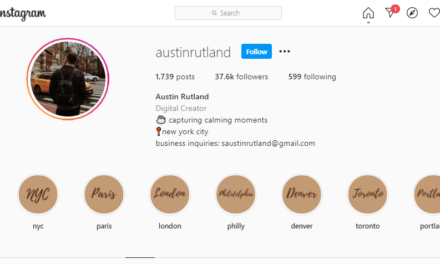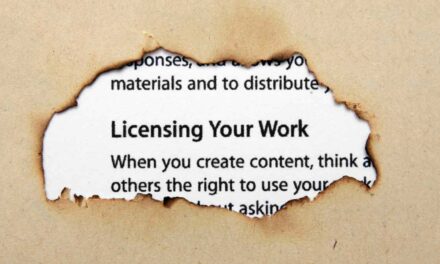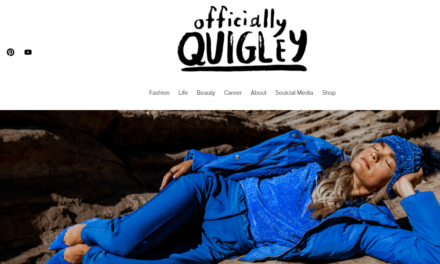Creator burnout is real. Science confirms it.
But as a creator, will your burnout lead to a breakdown or a breakthrough?
If you do these five things that Ashley Cummings shared at Creator Economy Expo, it will be a breakthrough.
Her first-hand experience breaking through her burnout led Ashley to see her freelance income increase by 240% and structure her business so she works five hours a day.
Though some say the ancient Greeks identified burnout, modern research on the subject came about in the 1970s with Herbert Freudenberger. He found occupational burnout occurs when someone becomes exhausted by making excessive demands on their energy, strength, or resources. As a result, people experiencing burnout may have negative feelings about work, an inability to cope, and a sense of incompetence. And they’re exhausted.
So now’s the time to recognize those signs of burnout and take steps to fix them so you and your content business can thrive.
Here’s some of Ashley’s advice:
1. Reflect on these three questions: What brings you joy? What will you change in life? In business? Ashley’s suggested points of reflection are a necessity to tailor your burnout solution so it works for you and your business. Too often, entrepreneurs just go, go, go, and fail to pause to do a gut check. Now’s the time to do just that.
2. Establish shorter work hours: Your brain needs time to rest and recover. Plan no more than three or four hours in a single session for tasks that require concentration. Accommodate your schedule – don’t overpack it – to allow time for creative block.
Also, carve out time to enjoy your life, whether that’s exercise, time with family, and/or something else. When your quality of life improves, your quality of work usually does, too.
Don’t forget to take time off from work. Science says that among the benefits a break can bring: improved productivity, increased motivation, and better work quality.
3. Say no: It’s a simple statement but much more difficult to actually say. Reassess your revenue streams and clients. Are there some you enjoy that don’t bring in sufficient revenue? Consider limiting the number you take on. Do you dread some offerings or clients, but they bring in good revenue? Consider changing the scope of the project or outsourcing some of the tasks. Are there things you dread and don’t pay well? Stop doing them.
4. Create a creative framework: Establish processes to execute your content creation. That may seem like contradictory advice, but the more set in your regime, the more freedom you have within that structure to express yourself. As Rick Rubin writes in The Creative Act: A Way of Being, “Discipline is not a lack of freedom. It is a harmonious relationship with time. Managing your schedule and daily habits well is a necessary component to free up the practical and creative capacity to make great art.”
5. Develop standard communication tactics: In working with sponsors, advertisers, and other business partners, communicate expectations upfront. Write a standard introduction that explains your business, audience, sponsorship opportunities, etc. Then, you don’t have to recreate the wheel for every inquiry.
In executing content deals, take the lead. Outline what you will provide and what they need to give you. Include all the necessary specs and deadlines. (I like to make this part of the scope of work detailed in the contract.) And make sure to ask for a single point of contact. If your client wants changes, you don’t want to have to sift through six people’s suggestions to make them.
6. Get help: A project management tool should become your good business partner. Consider using AI tools to help with ideating, summarizing, content repurposing, etc. Also, think about what you want and can afford to outsource and what you should automate.
Doing these five things can turn burnout into a breakthrough – or maybe you’ll thwart creator burnout altogether.
About the author
Ann regularly combines words and strategy for B2B, B2C, and nonprofits, continuing to live up to her high school nickname, Editor Ann. An IABC Communicator of the Year and founder of G Force Communication, Ann coaches and trains professionals in all things content. Connect with her on LinkedIn and Twitter.










